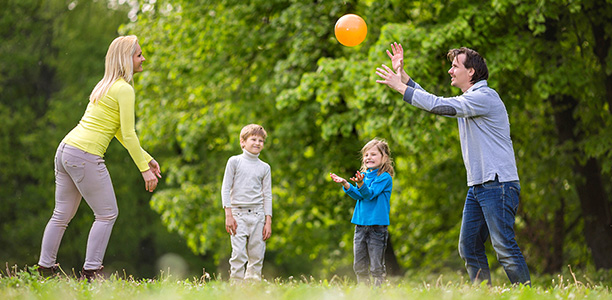My daughter, Reese and I are doing something incredible together! We’re participating in the Out of the Darkness Overnight Walk – an extraordinary event where participants from all over the country join together to walk 16-18 miles over the course of one night.
We’re fundraising to benefit the American Foundation for Suicide Prevention. Proceeds will help those affected by suicide and mental health conditions by supporting research, advocacy, survivor resources, education, and awareness programs. AFSP has set a bold goal to reduce the suicide rate 20% by the year 2025, and we are proud to be part of that mission.
You can help us with a donation no matter how small (even $5 or $10) or share this with your friends and family. Thank you for your support in a cause we’re passionate about! Together we can save lives and bring hope to those affected by suicide.
Blessings,
Koy & Reese












